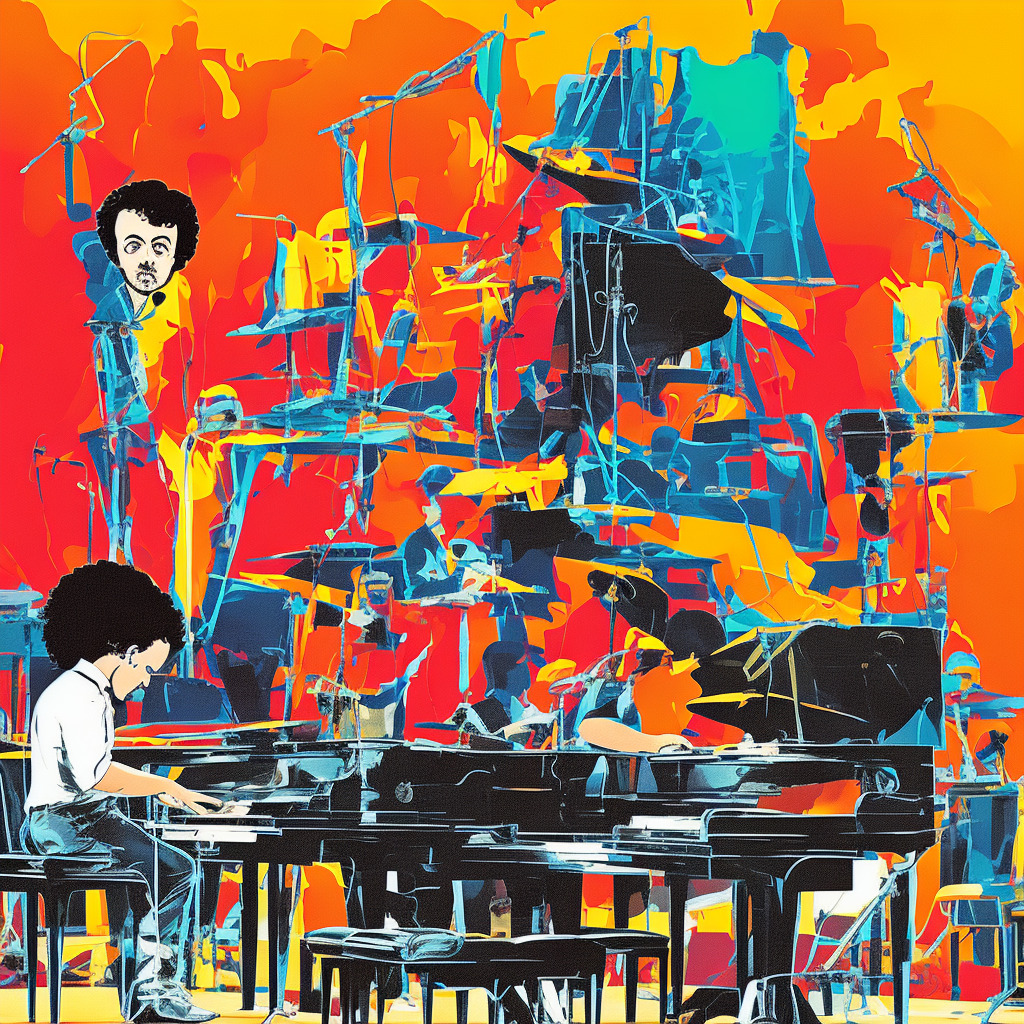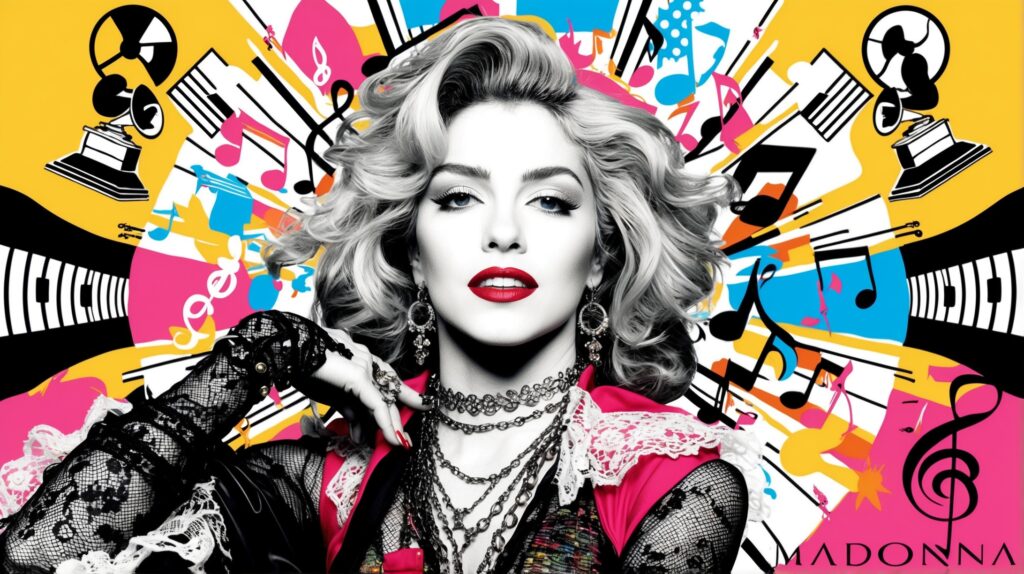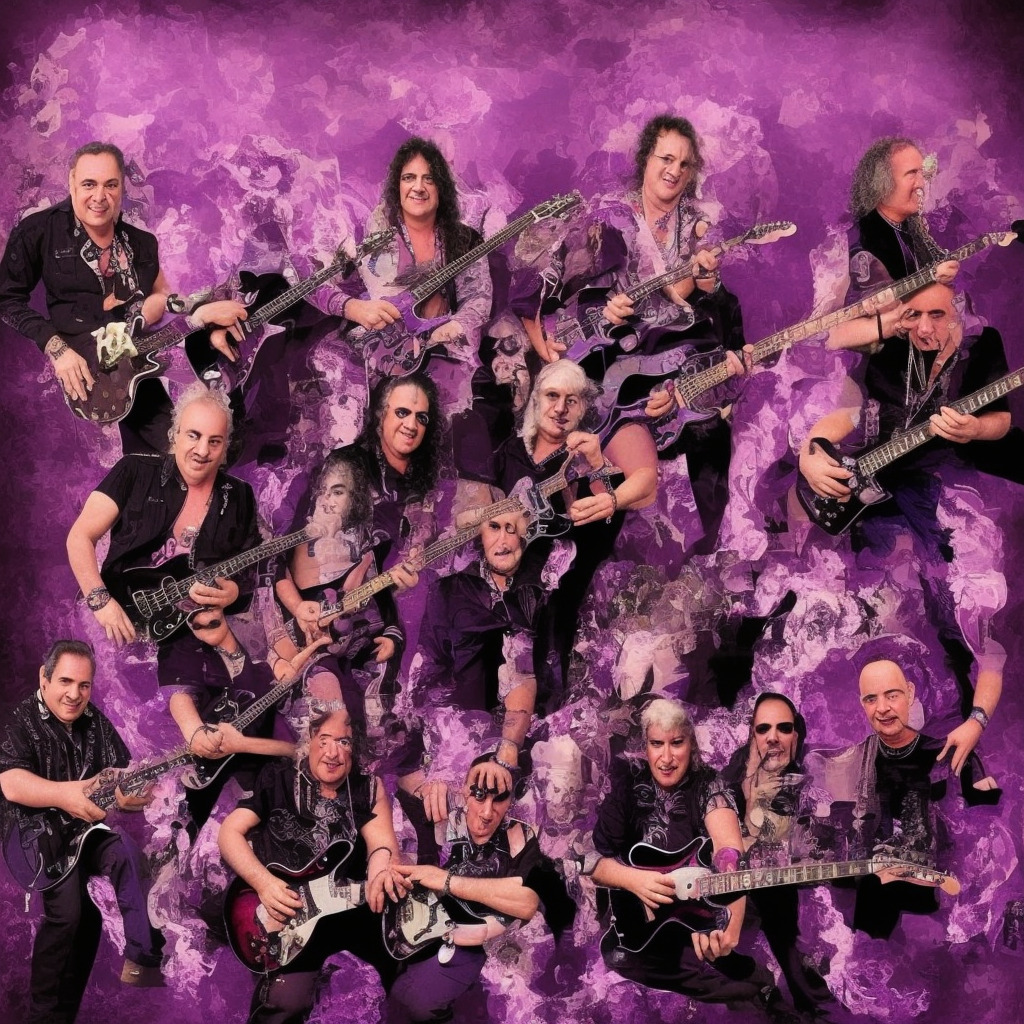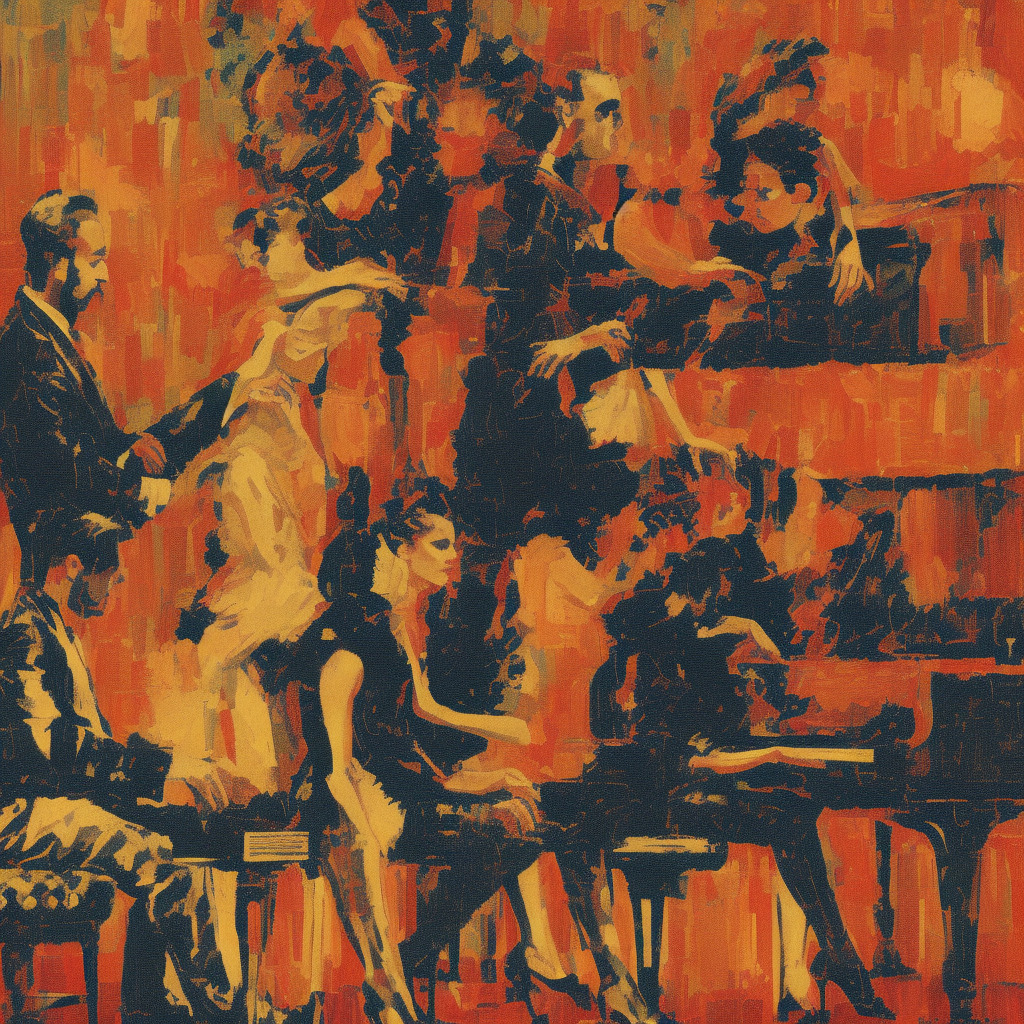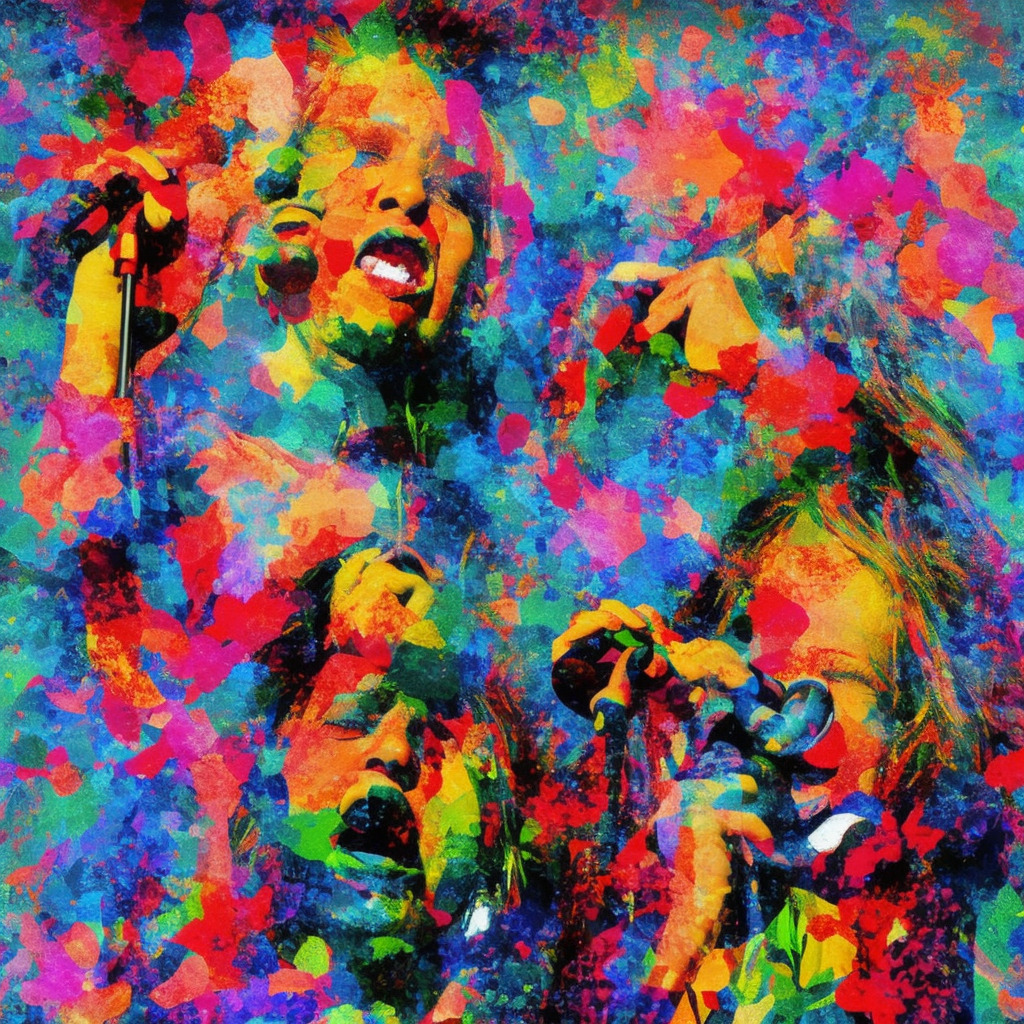A Deep Dive into Billy Joel’s “Big Shot”
As an experienced music blogger who has spent years analyzing and appreciating the intricacies of various artists, it’s always a pleasure to delve into the work of the legendary Billy Joel. With an illustrious career spanning five decades, the “Piano Man” has made an indelible mark on the music industry with his penchant for storytelling and an ability to connect with audiences through his melodic ballads and contagious energy.
One song that stands out in Joel’s expansive discography is “Big Shot,” the second single from his 1978 album “52nd Street.” A quintessential example of the sarcastic and biting lyrical style that the artist is known for, “Big Shot” has long been considered one of Joel’s most iconic tracks. With its catchy melody, captivating piano riffs, and compelling lyrics, the song provides an insightful look into the life and work of this multitalented musician.
Born in the Bronx, New York, in 1949, Billy Joel began his musical journey as a pianist before transitioning to a singer-songwriter. Throughout his illustrious career, he has sold over 150 million records worldwide and is the third best-selling solo artist in the United States. Joel has received numerous accolades for his work, including six Grammy Awards, the Gershwin Prize for his contributions to popular music, and being inducted into both the Rock & Roll Hall of Fame and the Songwriters Hall of Fame.
The song “Big Shot” is a satirical take on the life of a pretentious individual who believes they are more important than they truly are. Joel’s sardonic tone throughout the song brings a sense of humor to the otherwise critical message. It’s important to note that while the song is about a certain type of individual, it’s not necessarily a personal attack on any specific person. In fact, Joel has previously stated that “Big Shot” was inspired by a “composite of several people,” including himself.
Despite the undeniable success that Billy Joel has experienced throughout his career, it’s interesting to note the lack of acknowledgment from some “highbrow” critics. Certain circles have written him off as “middlebrow” or “not serious enough” as a musician and songwriter. However, as both a passionate fan and an objective music blogger, I find these criticisms to be deeply misguided. Billy Joel’s ability to craft timeless songs that continue to resonate with listeners of all ages is a testament to his undeniably exceptional talent.
In conclusion, “Big Shot” is just one example of the many outstanding and influential works in the vast catalog of Billy Joel. With his immense talent, fascinating storytelling, and unwavering resilience in the face of criticism, Joel has solidified himself as one of the most important figures in the world of music. It’s always a joy to revisit and analyze his works, discovering fresh perspectives and nuances that continue to captivate listeners to this day.
The Genius Behind “Big Shot”: Billy Joel, The Composer
Billy Joel, the mastermind behind “Big Shot,” is no stranger to composing chart-topping hits. With a career spanning over five decades, Joel has a knack for crafting songs that resonate with audiences worldwide. One of his most notable compositions is the ever-popular “Piano Man,” which has become an anthem for aspiring musicians and music lovers alike. Another iconic piece by this legendary composer is “Uptown Girl,” a catchy tune that showcases Joel’s ability to create memorable melodies and emotive lyrics. His composition “We Didn’t Start the Fire” is yet another example of his talent, as it has a unique storytelling structure that takes listeners on a historical journey. There’s no denying that Billy Joel’s impressive repertoire of compositions has left an indelible mark on the music industry, with “Big Shot” being just one of the many gems in his extensive catalog.
Breaking Down the Musical Structure of “Big Shot”
Diving into the musical intricacies of Billy Joel’s “Big Shot,” it’s evident that this track is a product of masterful composition and arrangement. The song is written in the key of E Major, with a time signature of 4/4, and has a tempo of approximately 132 beats per minute (BPM).
One of the most distinctive aspects of “Big Shot” is its chord structure. The song starts with a guitar riff that utilizes palm-muted power chords, adding a rhythmic and dynamic quality to the intro. The verse follows a chord progression of E5 – A5 – B5, and then E5 – A5 – B5/A, which provides a solid foundation for the melody to unfold. The chorus deviates slightly from the verse progression, with a pattern of E5 – A5 – B5 – C#5, creating a sense of tension and release as the song progresses.
The rhythm section plays a crucial role in giving “Big Shot” its driving energy. The drums, in particular, stand out with their syncopated, tight groove that propels the track forward. The bass guitar complements the drums with a punchy, melodic line that locks in with the kick drum and creates a strong backbone for the entire song.
Another notable aspect of “Big Shot” is the use of various piano and keyboard parts. Throughout the song, there are layers of electric piano, Hammond organ, and synthesizers that add depth and texture to the mix. The piano solo in the bridge section showcases Billy Joel’s virtuosic skills as a pianist, with rapid arpeggios and melodic flourishes that elevate the song to new heights.
As for the vocal melody, it’s catchy and memorable, with a slight bluesy feel that complements the overall rock sound of “Big Shot.” The song’s lyrics are delivered with a sense of snark and sarcasm, and the background vocals further enhance the dynamic nature of the track. The harmonies in the chorus, as well as the call-and-response sections, demonstrate a thoughtful and effective arrangement.
In conclusion, “Big Shot” is a prime example of how expert musical structure and arrangement can result in a timeless classic. From its driving rhythm section to its memorable vocal melody and piano solo, this track is a testament to Billy Joel’s prowess as a songwriter and musician.
A Deep Dive into the Lyrics of “Big Shot” by Billy Joel
With your fine Park Avenue clothes
You had the Dom Perignon in your hand
And the spoon up your nose
Ooh, when you wake up in the morning
With your head on fire and your eyes too bloody to see
Go on and cry in your coffee, but don’t come bitching to me
Because you had to be a big shot, didn’t you?
You had to open up your mouth
You had to be a big shot, didn’t you?
All your friends were so knocked out
You had to have the last word, last night
You know what everything’s about
You had to have a white-hot spotlight
You had to be a big shot last night, oh oh oh oh oh”
In the lyrics of “Big Shot,” Billy Joel takes a satirical look at the excesses and superficiality of the late 1970s, a time when disco culture was at its peak and materialistic values were on the rise. The song’s main character is portrayed as someone who lives a life of luxury, indulging in the finer things and putting on a show for their friends. However, the consequences of their actions eventually catch up with them, leaving them to face the harsh reality of their choices.
The lines “You had the Dom Perignon in your hand, And the spoon up your nose” highlight the era’s rampant drug use, specifically cocaine, which was associated with the glamorous and hedonistic lifestyle of the time. This lyric also serves as a reminder of the negative outcomes that can arise from such a lifestyle, as illustrated by the character waking up with their “head on fire and your eyes too bloody to see.”
In the chorus, Joel emphasizes the character’s need to be the center of attention and to have the last word, a trait that may have resonated with many during this era of excess. In doing so, he highlights a key aspect of the human condition – the desire for validation and approval from others.
Overall, the lyrics of “Big Shot” are a reflection of the social and cultural context of the late 1970s, providing a commentary on the superficiality and arrogance that pervaded the era. It serves as a cautionary tale about the dangers of chasing material success and status, and ultimately, the importance of staying grounded and true to oneself.
Delving into the “Big Shot” Music Video
Surprisingly, the iconic song “Big Shot” by Billy Joel never had an official music video produced for it. However, that hasn’t stopped fans from creating their own visual tributes to this classic 70s hit, which was released in 1978 from the album “52nd Street.” In fact, the lack of an official video has given fans the chance to express their own interpretations and showcase their creativity. Numerous fan-made music videos can be easily found on YouTube, paying homage to the timeless classic.
One such fan-made video features a collection of still images from Billy Joel’s career, interspersed with live performance clips and relevant moments in popular culture. The visual narrative presents an interesting way to not only immerse oneself in the music but also to take a trip down memory lane, highlighting the impact of Joel’s music throughout the years. Another impressive fan-made tribute takes a more animated approach, utilizing illustrations and graphics to bring the song’s lyrics to life in a fun and engaging way.
Though there isn’t a big-name director or a massive production budget behind these fan-made videos, the passion and dedication of Billy Joel’s fans are evident in their work. These videos have become a significant part of the song’s legacy, showcasing the powerful connection between the artist and his audience.
Billy Joel’s music has always had an emotional resonance with fans, and the absence of an official music video for “Big Shot” has only encouraged fans to create their own visual stories. These fan-made tributes have become a testament to the enduring appeal of the song, allowing fans to share their love for Billy Joel and his music through their own artistic expressions.
Awards, Accolades, and On-Screen Appearances
“Big Shot” has undoubtedly earned its place in music history, and it’s no surprise that it has received numerous accolades and awards. Released in 1979 as the second single from Billy Joel’s sixth studio album, “52nd Street,” the song quickly climbed the charts, peaking at No. 14 on the US Billboard Hot 100 and No. 3 on the US Mainstream Rock Tracks chart. Its popularity on the radio and strong sales of the album helped “52nd Street” win the Grammy Award for Album of the Year in 1980, marking a significant milestone in Billy Joel’s career.
The song’s infectious energy and catchy lyrics have made it a popular choice for use in various forms of media over the years. “Big Shot” was notably featured in a 2012 episode of the hit TV show “Glee,” in which the cast delivered a dynamic performance that introduced the classic tune to a new generation of music lovers. The song also made an appearance in the 2013 video game “Rocksmith 2014,” allowing players to learn and perform the track on guitar or bass.
“Big Shot” has been covered by several artists through the years, with each rendition offering its unique spin on the iconic track. Notable covers include a version by American rock band Halestorm, who included their take on the song in their 2012 EP “ReAniMate 2.0: The CoVeRs eP.” In 2019, Long Island-based punk band Patent Pending released their rendition of “Big Shot” on their tribute album “Other People’s Greatest Hits Vol. 1,” showcasing the song’s enduring appeal and versatility across multiple genres.
In summary, “Big Shot” has earned its place as a timeless classic in the world of music. From its chart-topping success and Grammy recognition to its inclusion in popular TV shows and video games, the song has remained relevant for over four decades. The numerous covers by various artists only serve to reinforce the song’s lasting impact and influence, further cementing its role as a key component in the illustrious career of Billy Joel.
Charting the Course of “Big Shot”
Released as the second single from his 1978 album “52nd Street,” “Big Shot” quickly propelled Billy Joel into the limelight. The song debuted on the Billboard Hot 100 on February 3, 1979, and steadily climbed the charts as more and more listeners were captivated by its catchy tune and incisive lyrics.
Reaching its peak position at number 14 on April 7, 1979, “Big Shot” held its own in the charts for an impressive 14 weeks. This achievement, while not as monumental as some of his later hits, still helped to solidify Billy Joel’s status as a force to be reckoned with in the music industry.
In addition to its success on the Billboard Hot 100, “Big Shot” also made a splash on the Adult Contemporary chart, where it peaked at number 31. This demonstrated the song’s broad appeal, as it attracted listeners from a diverse range of age groups and musical tastes.
“Big Shot” continued to be a favorite among fans and enjoyed further exposure when it was included in several of Billy Joel’s compilation albums. The track was also featured in the 1981 movie “Neighbors,” giving it a new lease on life and introducing it to a whole new generation of listeners.
Although it may not have reached the dizzying heights of some of his other legendary songs, “Big Shot” nevertheless remains an essential part of Billy Joel’s remarkable discography. Its chart performance and enduring popularity stand as testament to the immense talent and impact of this iconic artist.
?? Did you know #BillyJoel’s “Big Shot” was inspired by a wild night out with Mick Jagger? ? He’s been mum on the real big shot though ? Crank it up and channel your inner rockstar! ?? #BigShot #MusicTrivia #ClassicRock
Click to Tweet

